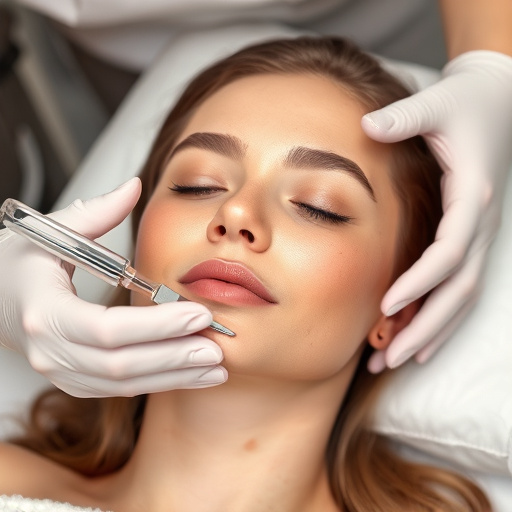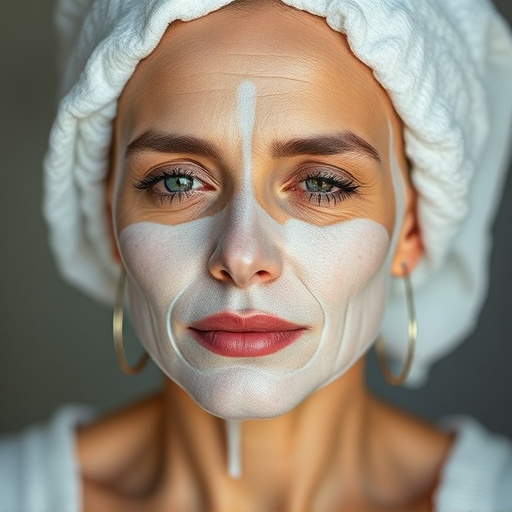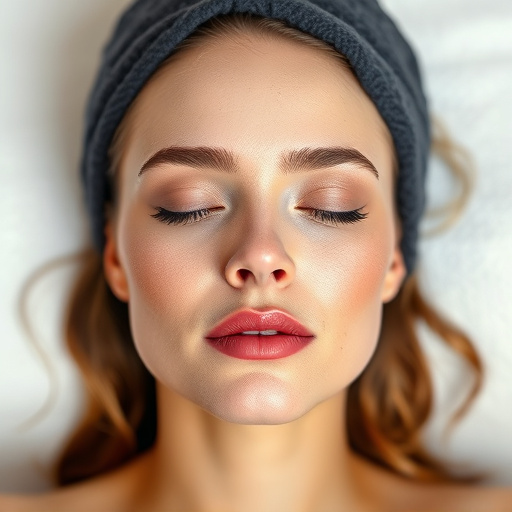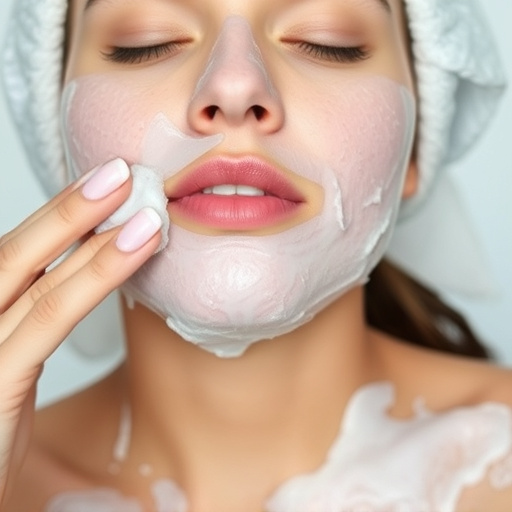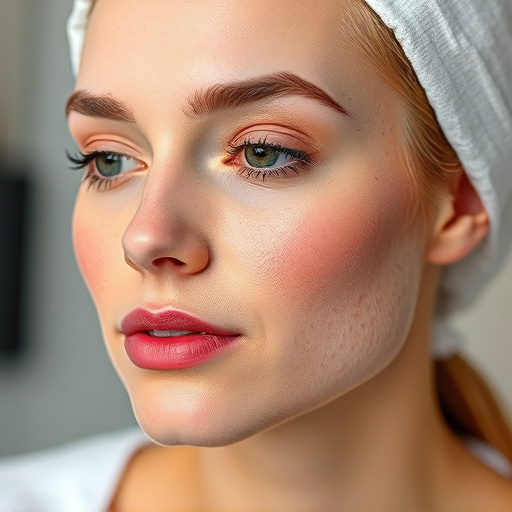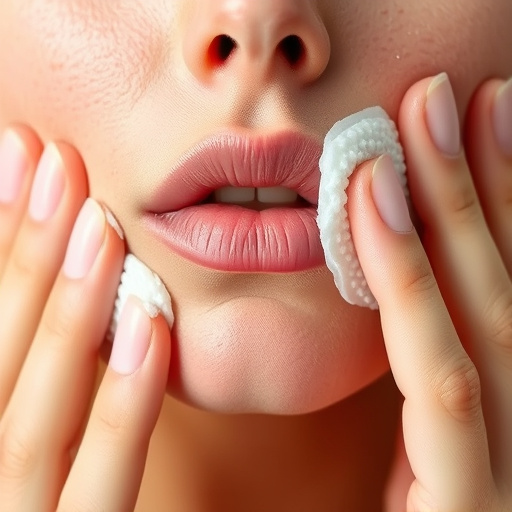Chest acne, caused by hormonal shifts, sweating, and pore clogging, requires specialized care. Early intervention through proper cleaning, exfoliation, and targeted products prevents discoloration and texture issues. Before starting chest acne therapy, consult a dermatologist to assess skin condition and tailor treatment plans considering severity, medical history, and potential side effects. Strategic approach includes gentle cleansing, non-surgical treatments like chemical peels, and targeted therapies from medical spas. Balanced diet and hydration support overall skin health, with consistency in care crucial to prevent future breakouts.
Suffering from chest acne? It’s time to take control! Our step-by-step guide offers a safe and effective path to clear skin. First, understand chest acne: its causes and various types. Then, prepare by learning essential precautions and consulting a dermatologist. We break down the process, from choosing the right products to applying them correctly. Say goodbye to blemishes and hello to confident skin! Discover proven techniques for successful chest acne therapy.
- Understanding Chest Acne: Causes and Types
- Preparing for Treatment: Precautions and Consultations
- Step-by-Step Guide to Effective Chest Acne Therapy
Understanding Chest Acne: Causes and Types
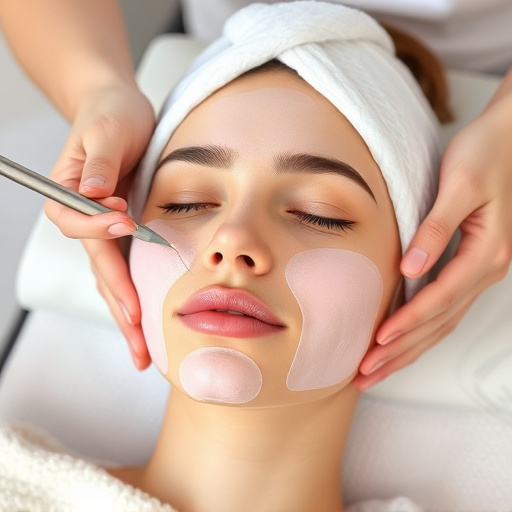
Chest acne, while often overlooked, is a common skin concern that requires tailored care. It’s more than just occasional zits; it’s a persistent issue that can impact self-confidence. Understanding chest acne involves recognizing its causes and types. This condition is primarily driven by hormonal fluctuations, excessive sweating, and the blocking of pores by oils, dead skin cells, or clothing fibers.
There are several types of chest acne, including whiteheads, blackheads, papules, nodules, and cysts, each with varying levels of severity. Unlike facial acne, chest acne tends to be deeper due to thicker skin and higher sebum production. While it may not leave permanent scars like facial acne can, untreated chest acne can lead to skin discoloration and texture issues. Addressing chest acne early through appropriate cleaning, exfoliation, and targeted products is crucial for achieving clear, healthy skin, and even body contouring, wrinkle reduction, or skin brightening results if desired.
Preparing for Treatment: Precautions and Consultations
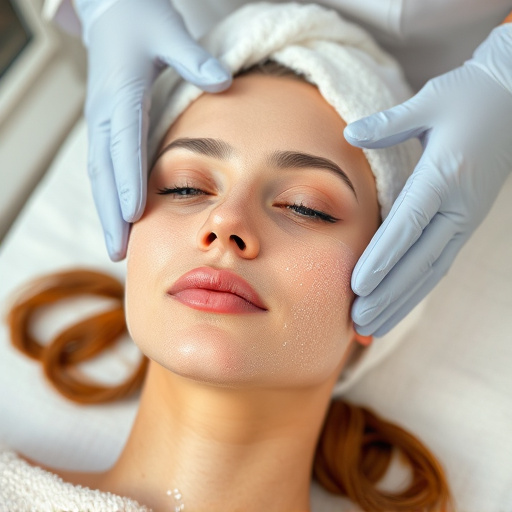
Before embarking on any chest acne therapy, it’s crucial to prepare and consult with a dermatologist. This step is essential for ensuring safe and effective treatment. Firstly, assess your skin’s condition and understand the severity of your chest acne. Different treatments cater to various levels of acne, from mild to severe, so knowing your starting point helps in choosing the right approach.
During consultations, discuss your medical history, including any existing skin conditions or allergies. This is vital as some treatments might interact with medications or cause discomfort for specific skin types. Additionally, ask about potential side effects and aftercare routines. Remember, proper preparation and professional guidance are key to achieving desirable results in chest acne therapy, enhancing your journey towards a clearer, healthier complexion and even addressing associated concerns like wrinkle reduction and skin tightening.
Step-by-Step Guide to Effective Chest Acne Therapy
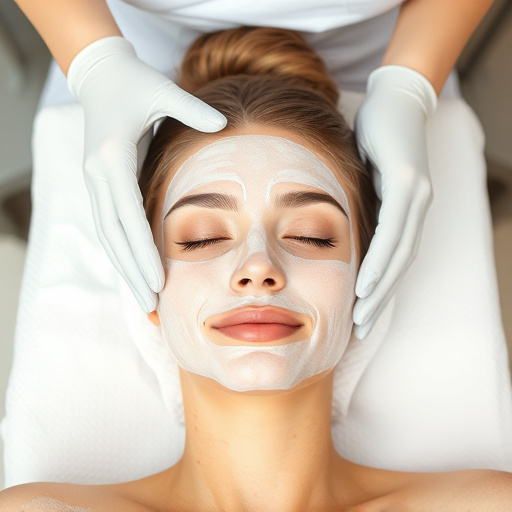
Starting chest acne therapy involves a systematic approach to achieve clear and healthy skin. Begin by consulting a dermatologist who can assess your skin type and severity of acne. This is crucial as personalized treatment plans yield better results. Next, incorporate gentle cleansing into your daily routine, using mild soaps or specialized non-surgical treatments like chemical peels designed for sensitive areas.
For persistent acne, consider medical spa services offering targeted therapies such as topical medications, laser treatments, or body contouring procedures. Always follow professional instructions regarding application and frequency. Remember, consistency is key; regular care can prevent future breakouts. Additionally, maintaining a balanced diet and staying hydrated supports overall skin health, complementing your chest acne therapy regimen.
Starting chest acne therapy doesn’t have to be daunting. By understanding your condition, preparing diligently, and following a structured approach, you can achieve clearer skin safely and effectively. Remember, consistent care and patience are key. Incorporate these steps into your routine, and you’ll be well on your way to managing and reducing chest acne. For personalized advice, always consult a dermatologist. With the right chest acne therapy, clear and healthy skin is within reach.






